
History of Fur: A Brief Reflection on How Fur Came into Fashion
History of Fur: A Brief Reflection on How Fur Came into Fashion. The fur trade has a long history intertwined with the settlements of North America.
About 180,000 years ago, humans started to dress in garments made from animal skins and fur for the first time. Throughout the years, fur clothes and fur ornaments have evolved into a sign of luxury, prosperity, and high fashion. Fur now commands a new level of respect as time has passed. It has become a social status symbol rather than a source of magical abilities and that is where the history of fur started. Only rulers and high priests were permitted to wear ermine, mink, or chinchilla fur in ancient Egypt.
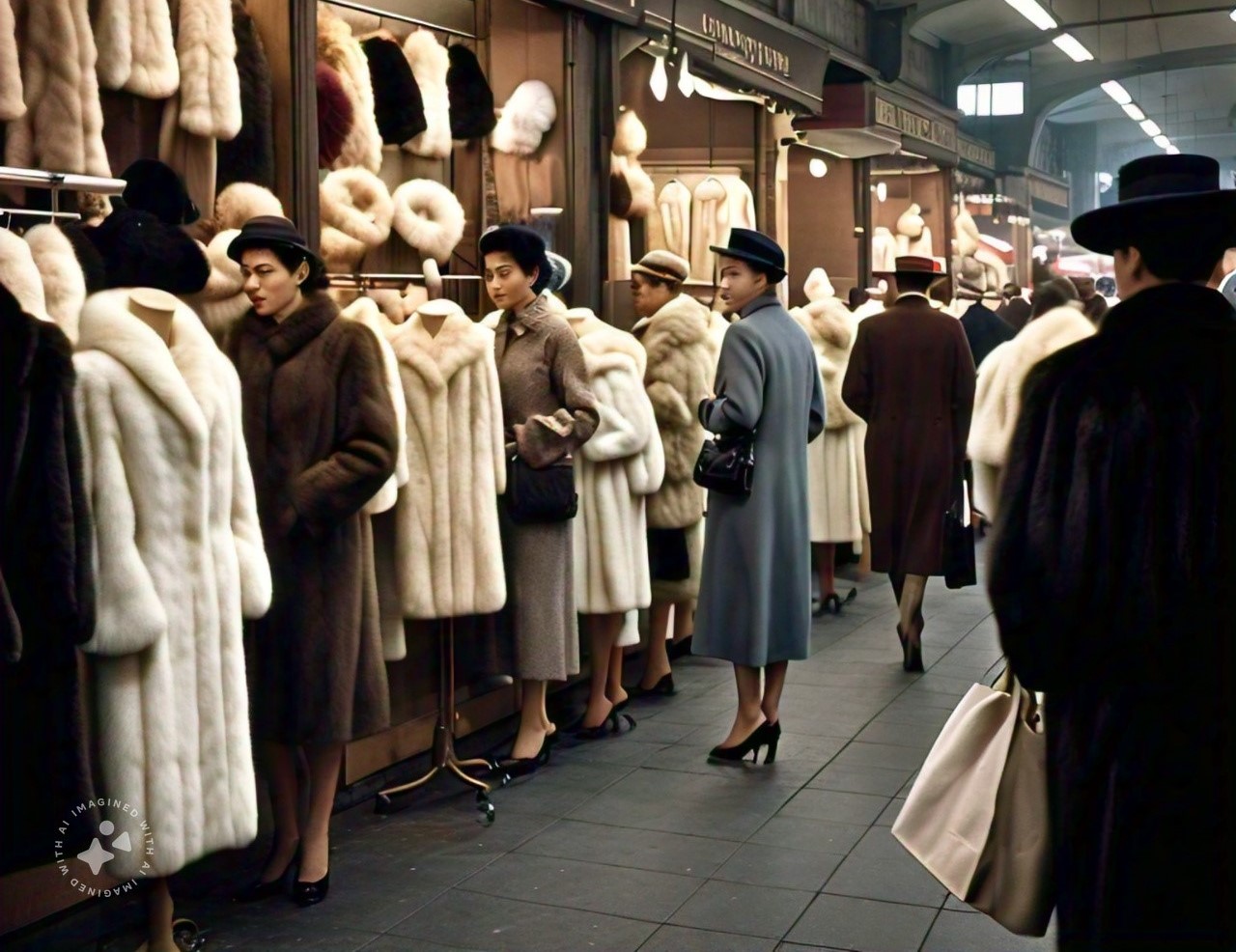
How Did Fur Evolve into the Luxury Fashion Statement that It Is Today?
NYC Fur Market HistoryHere’s a look back at the beginning from where the history of fur began and fur’s role in the history of fashion.
Fur for Trade and Barter
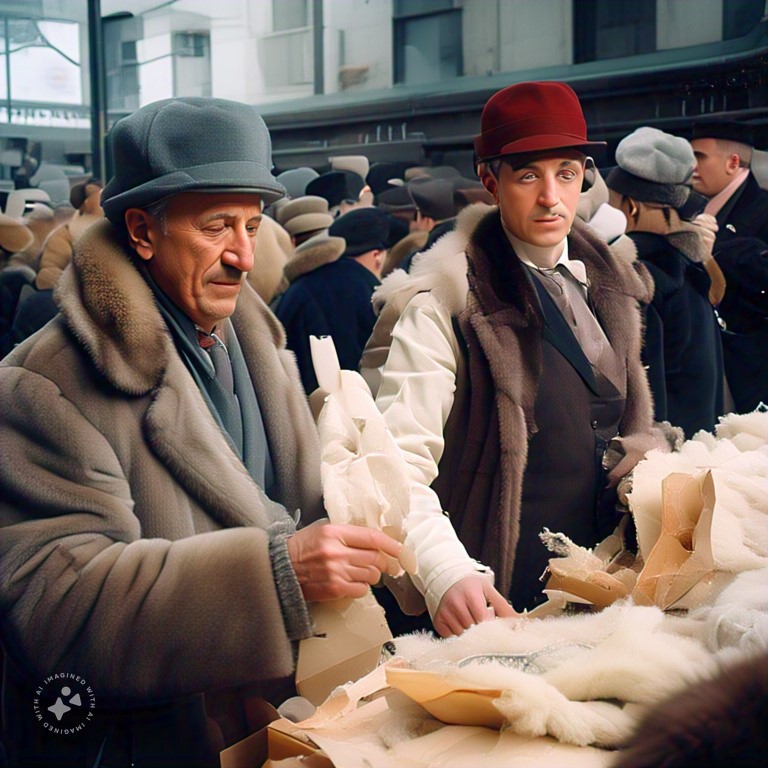
NYC Fur Market

In the 1500s, fur trade became extremely prominent. It began as a kind of trade between Indians and Europeans, and it grew in popularity in North America. Almost immediately, beaver fur became the most valued item on the list. They were historically used to produce felt hats all across Europe. However, when the demand for fur grew in the 1800s, the number of fur-bearing animals began to decline dramatically. By the end of the 1800s, the history of fur trade had come to an end because silk had become more appealing.
The history of fur trade and fur clothing is, in many respects, a story about imperial class inequalities, but it is also a story about gender and cultural distinctions. The fur coat was previously worn by both men and women in England, and was influenced by the Russian fur market. The fur was mostly concealed on the inside, although it was apparent as trim on the collar and cuffs.
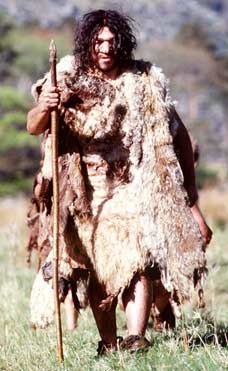
Eleventh Century: European Luxury Furs
Fur was worn as a status symbol and a statement of riches and social prestige as early as the 11th century, rather than just for the purpose of keeping warm. During the Renaissance, European nobility adorned themselves with fox, sable, and mink fur coats, capes, and other fur accessories. By the 1310s, rules came into enactment that dictated which social groups were permitted to wear specific sorts of furs.
Victorian Era: Fur Rose
In response to the growing demand for luxurious furs from the fashion industry, fur farms began to spring up in North America around the 1880s. Fur was often used to line the neck, wrists, and hem of women’s fur coats, with the exception of the hood. Fur jackets and fur accessories have become more fashionable because of the use of luxurious furs in films and television shows.
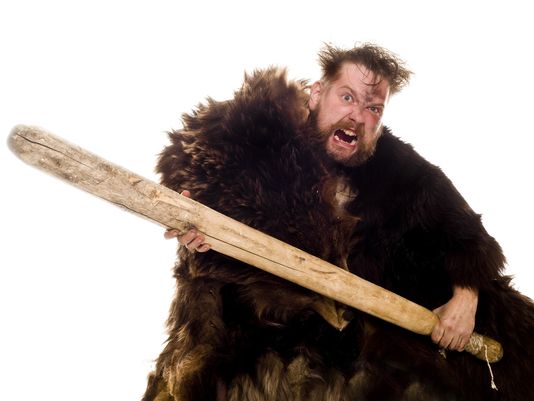
End of the 1960s: Fur Became More Accessible and Casual
As early as the 1960s, the majority of movie stars were under the spotlight for wearing luxurious furs. The cost of fur started to rise at the same time as designers began designing more informal designs with the material. It became fashionable to wear fur coats daily as the length of the coats shrank. By the mid-1970s, fur was more inexpensive than it had ever been. There were designers who were creating fake fur coats and pieces to compete with the real thing. However, this did not last long!
Fur Started to Evolve with Technology
As technology evolved in the nineteenth century, furs could be produced at a faster rate. It simplified the process of creating shinier, silkier furs.
Despite being lighter, faster to make, and more technological, furs remained a high-end luxury item. As a result, corporations started making jackets and gowns. They simply trimmed the gowns with fur to make them more accessible to the less expensive.
Symbolizing Rich and Elegant Women
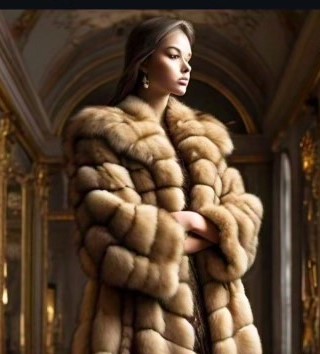
Due to the popularity of mink, fur became connected with femininity in general. What could be more feminine than something lovely, elegant, and extremely luxurious? Women wore mink to flaunt their femininity, much like people flaunt their status and, by extension, their class, by wearing fur.
History of Fur: The Key Takeaway
Fur jackets and clothes have been a staple of both men’s and women’s fashion throughout the history of fur. Since the beginning of time, humans have worn fur jackets to protect themselves from the elements and the cold. Hunters used to believe that the animals whose fur they clothed endowed them with supernatural abilities. In other words, even if a need arises, the history of fur has a spiritual component.